How does power supply frequency affect the performance of the motor?
Frequency is an important performance parameter for the normal operation of the motor. The industrial frequency motor matches the industrial frequency power supply, and there will be no power supply frequency mismatch; however, in order to solve the motor starting problem, it may be started through a frequency converter and then run in the industrial frequency band.
For variable frequency motors, the output parameters of the motor operation process will be controlled by the frequency converter. For example, when the output frequency of the frequency converter is lower than the basic frequency, the motor is in a constant torque output state; when the output frequency of the frequency converter is higher than the basic frequency, the motor is in a constant power operation state; therefore, regardless of whether the motor is in a high-frequency or low-frequency operation state, constant torque or constant power ensures the safety of the motor operation, especially the independent fan supporting the variable frequency motor ensures the heat dissipation requirements of the motor during operation under different frequency operation states; in the actual application of the motor, the operating frequency of some variable frequency motors is relatively fixed, and the motor designer can also determine the motor as a self-fan cooling structure according to the actual operating characteristics.
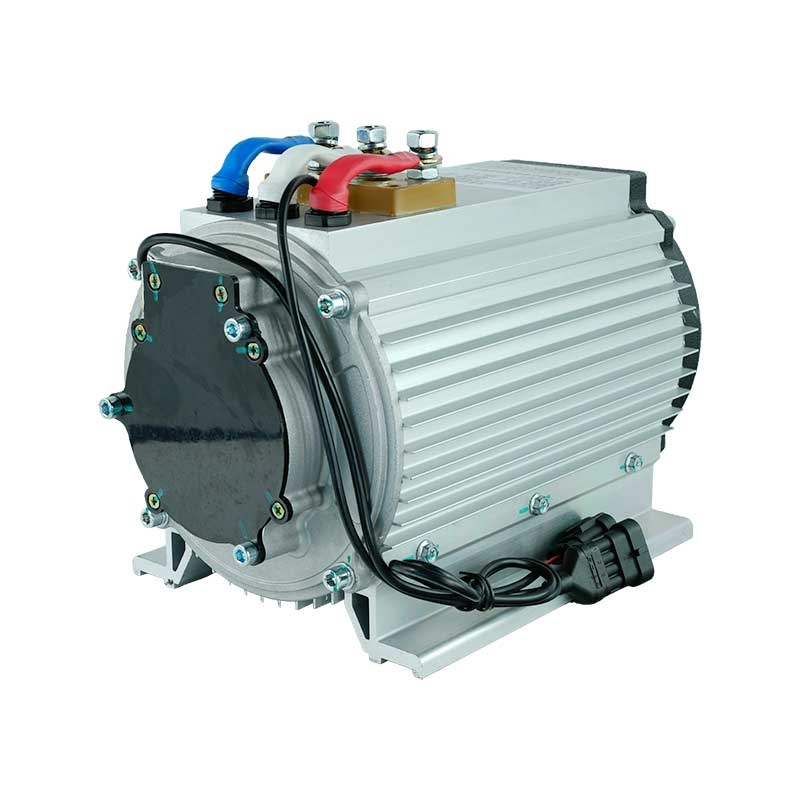
For motors operating at industrial frequency, the ventilation and heat dissipation structure of the motor is autonomous heat dissipation, that is, the inner fan or outer fan hood structure coaxial with the rotor operates autonomously to dissipate heat; when the power supply frequency decreases, the motor will have serious consequences such as winding heating or even burning due to unsatisfactory heat dissipation conditions; at the same time, when the output power of the motor remains unchanged, the motor's output torque will increase due to the decrease in motor speed, and the motor's shaft, bearings and other structural parts may have quality risks.
When the power supply frequency is high, if the motor torque is not adjusted, the increase in speed will lead to an increase in motor power and the corresponding current will increase. Once the rated current is exceeded, the motor winding will face the risk of overheating and burning.
Therefore, if the other input parameters of the motor remain unchanged and the power supply frequency is simply adjusted, the motor will face torque overload at low frequency and current overload at high frequency. If the abnormal frequency operation time is short, the motor may not have problems. However, if the abnormal frequency operation time is long, the motor is very likely to have serious mechanical or electrical failures.



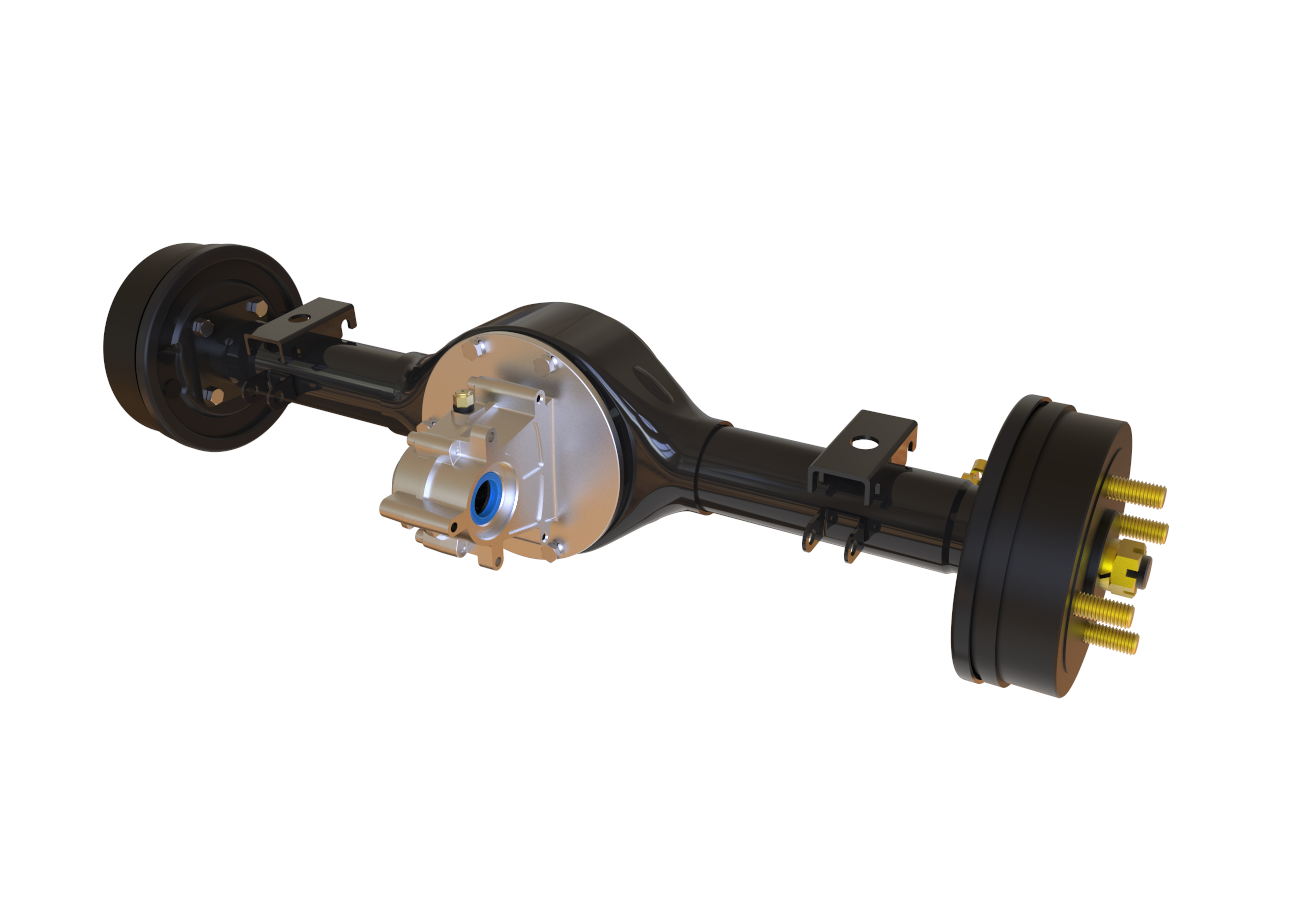
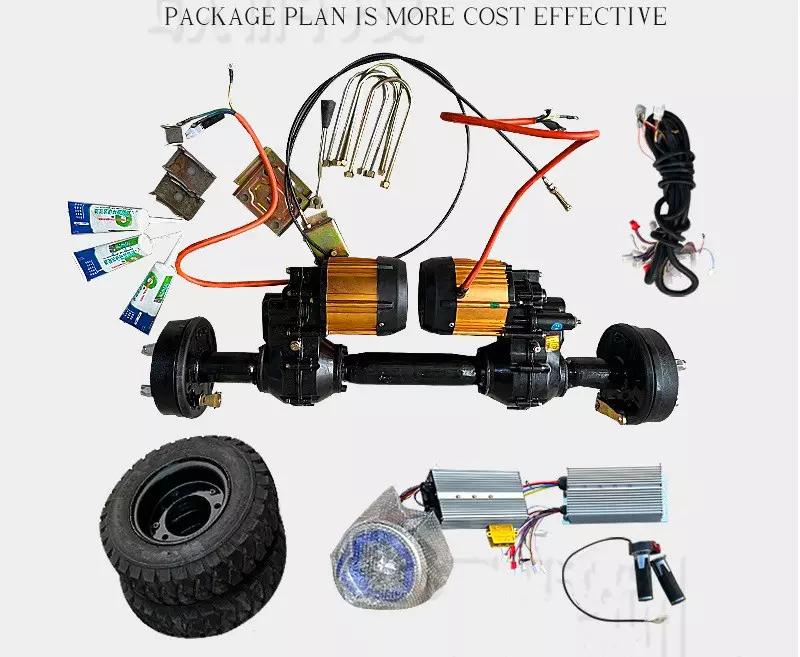

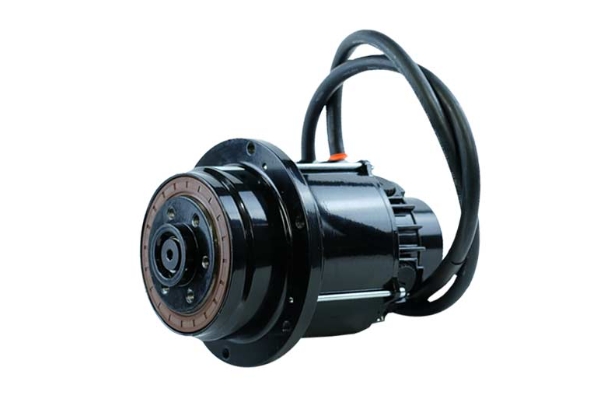

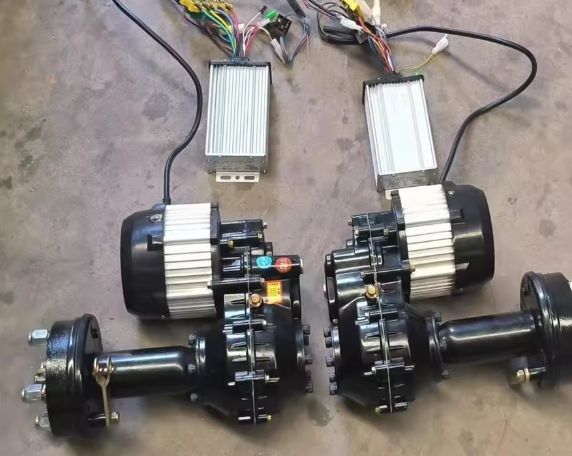
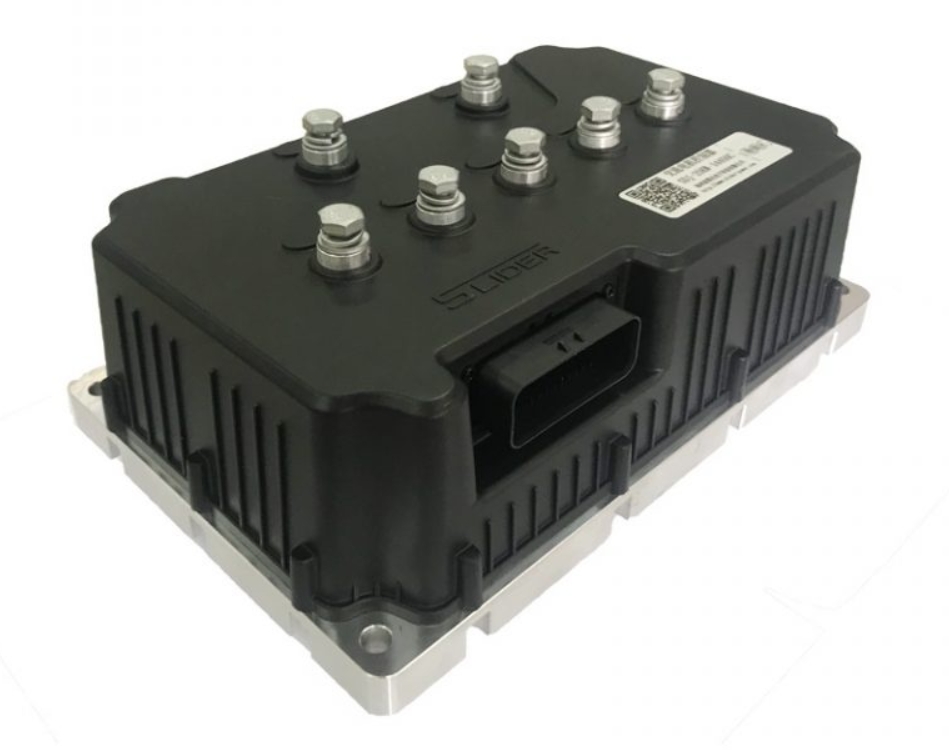

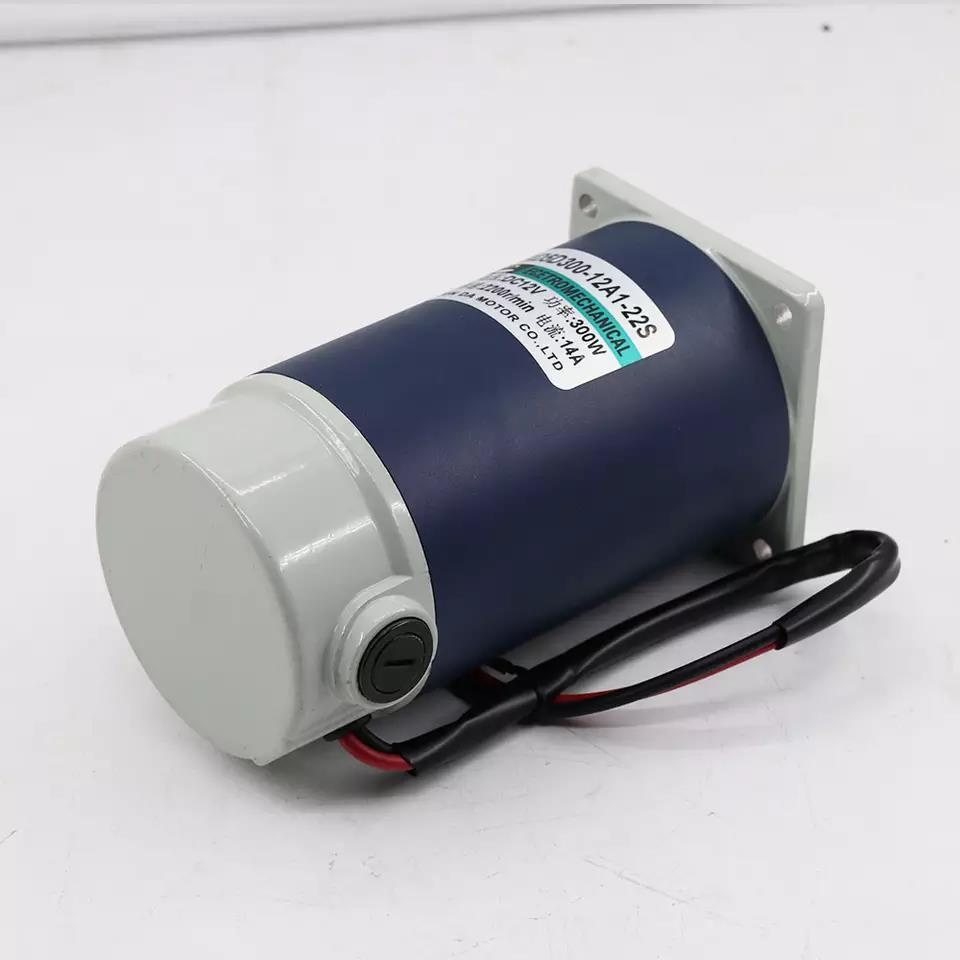
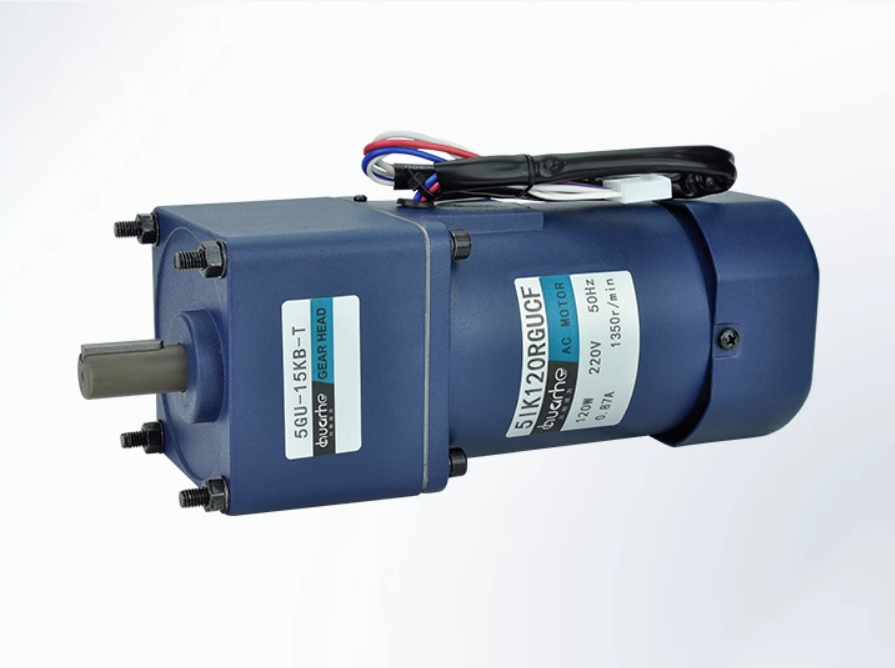
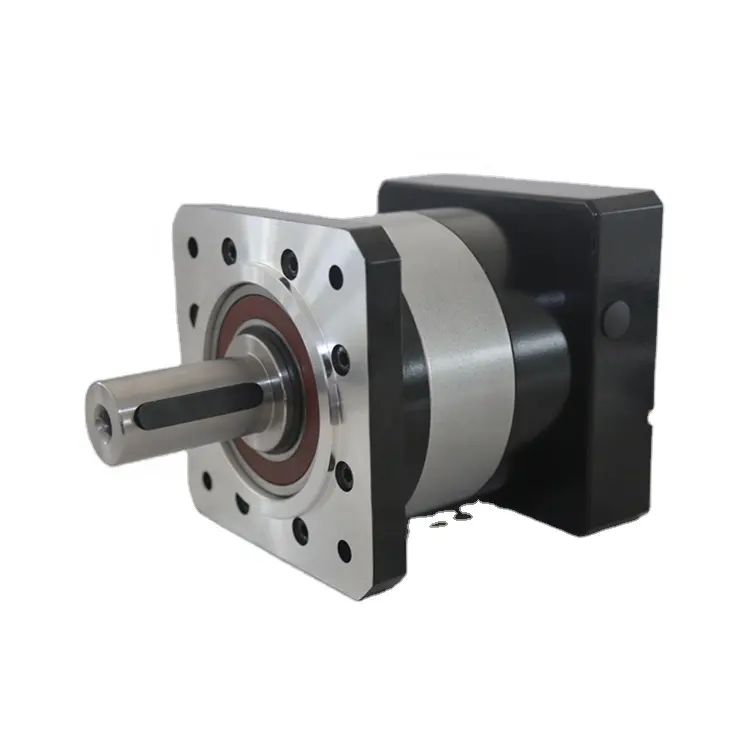
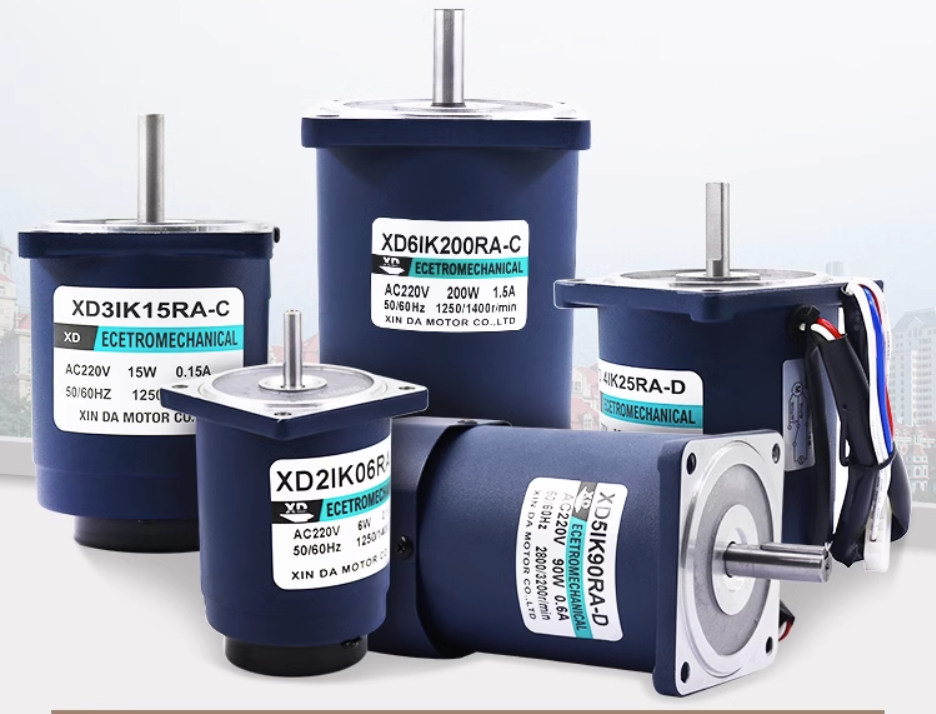


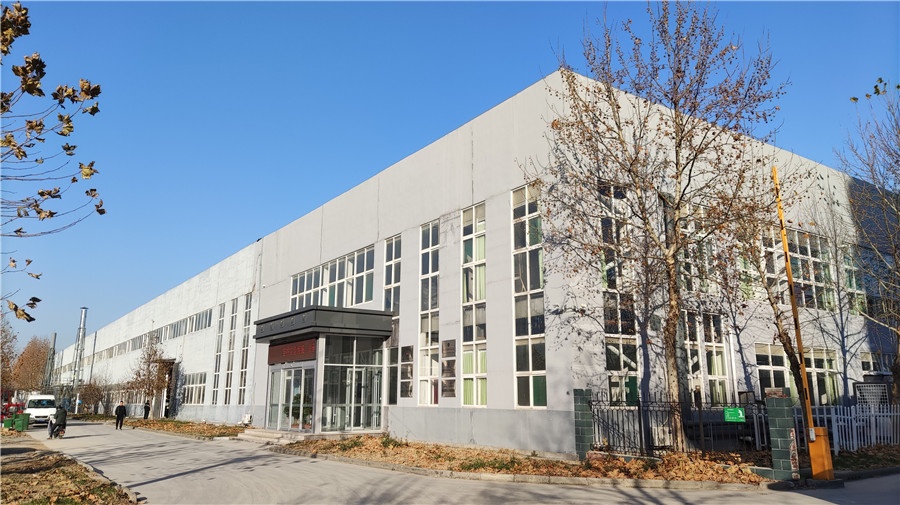
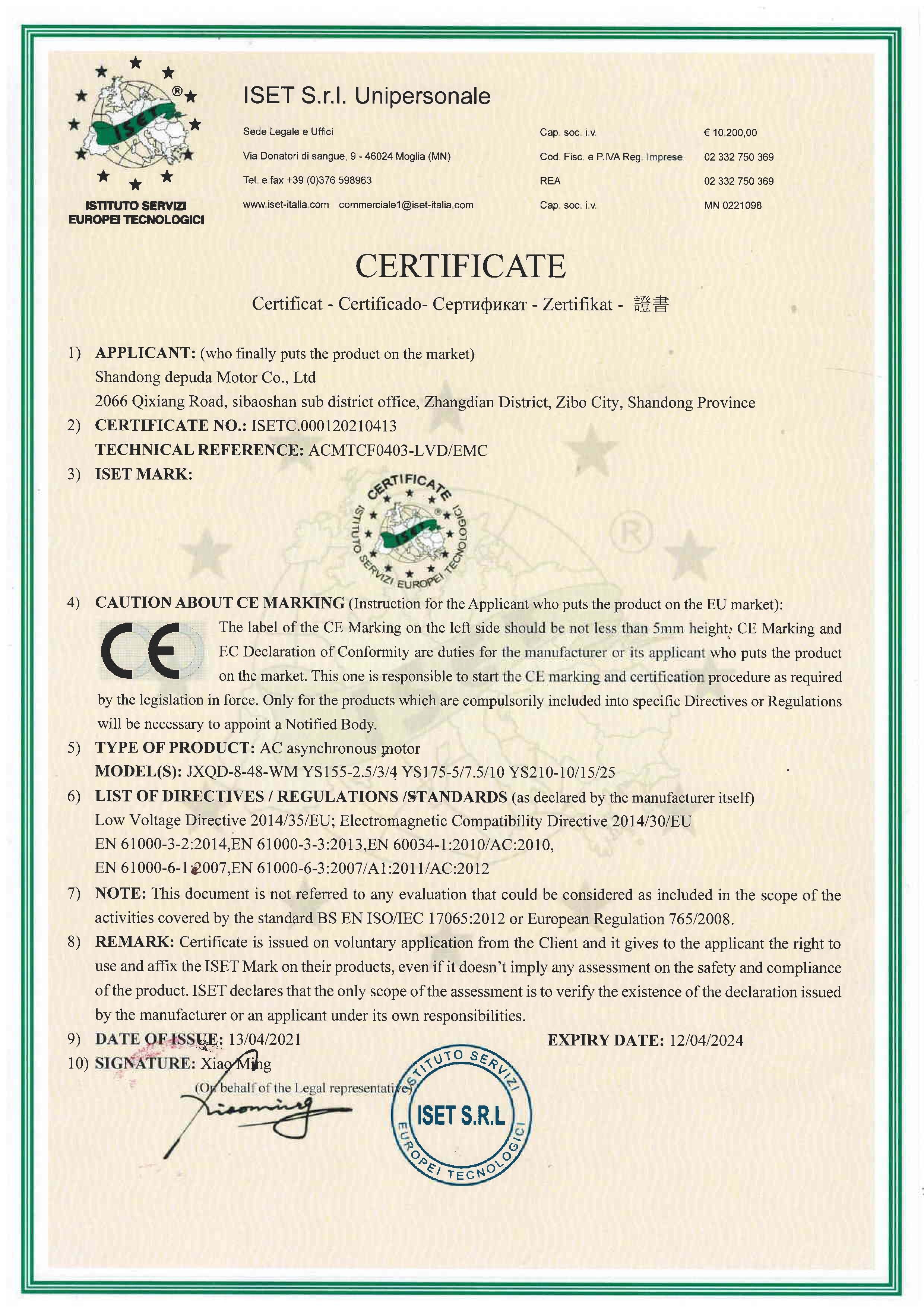
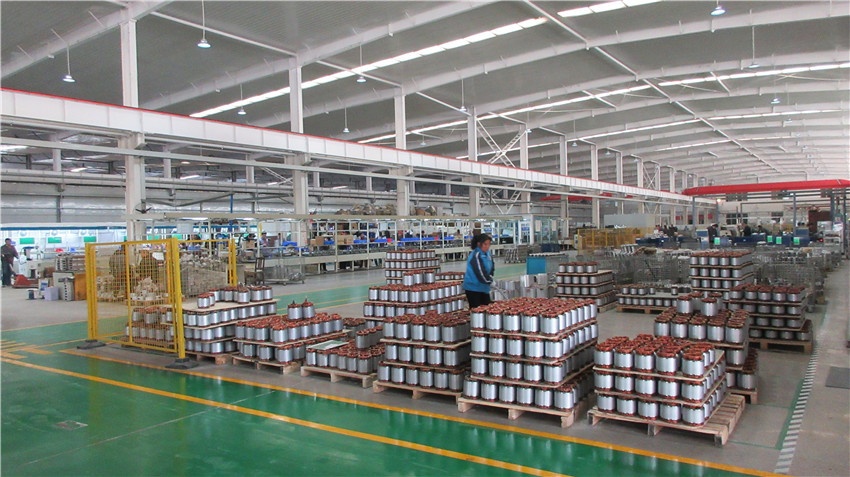
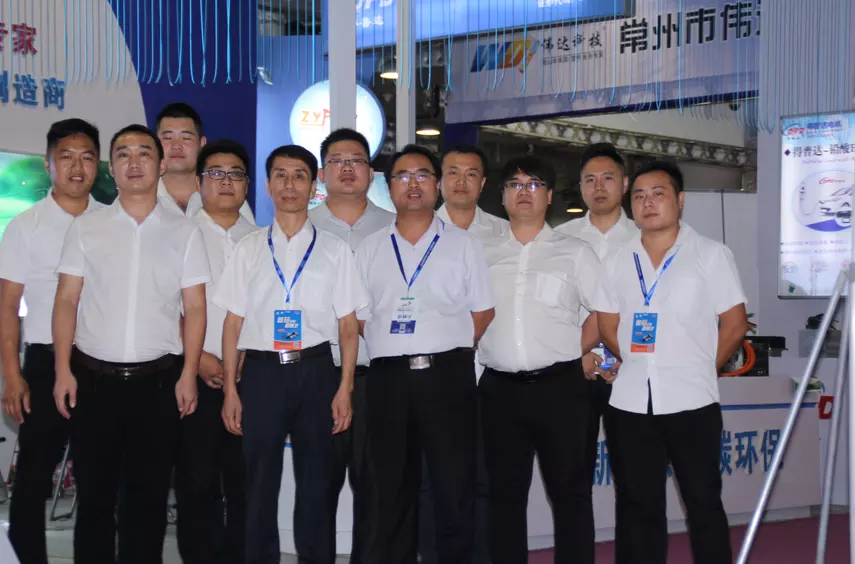


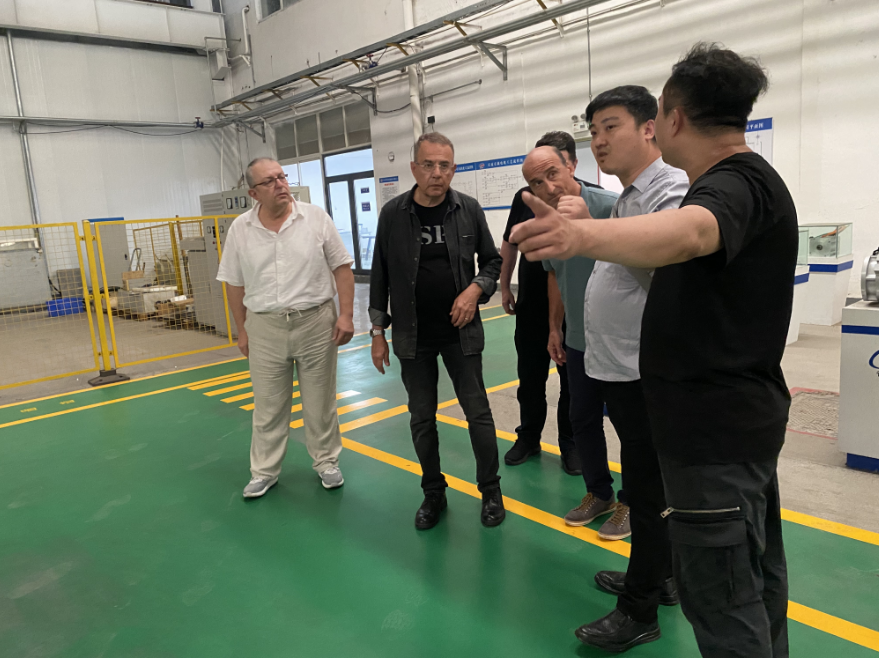



 XINDA
XINDA